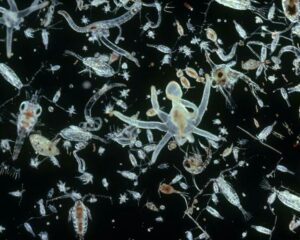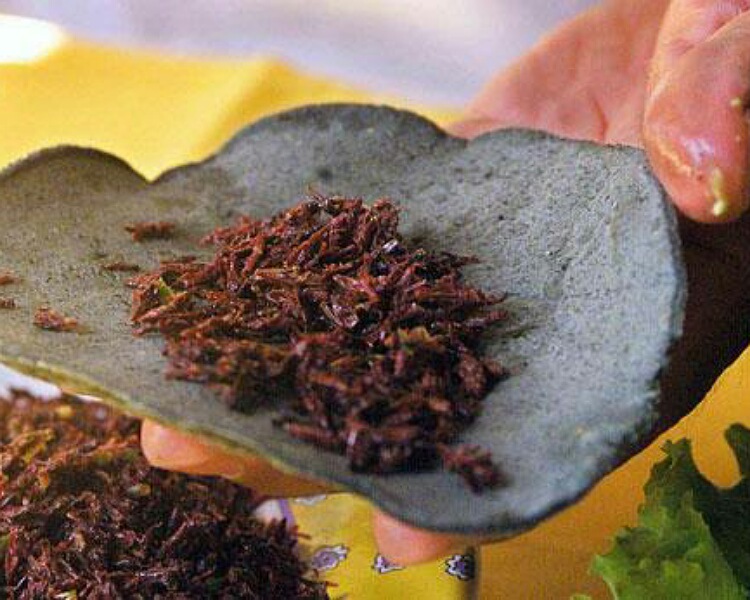Humans procure their proteins from natural sources of plants and animals. But now alternative protein sources are getting popular. Which are these sources? Why are they becoming necessary now?
Natural and alternative protein sources
Since time immemorial, humans have relied on plants and animals for their proteins requirements. Proteins are required for building of muscles, bones, supporting framework of the body and for enzymes. And these proteins are abundant in meat, fish, soybean, legumes, lentils, whole grains, eggs, poultry etc.
But these sources need land and water for growth and rearing. They leave behind a lot of carbon food prints that causes climate deterioration and global warming. Moreover, these sources might fall short to feed the growing world population.

Additionally, consumers of today are ready for new experiments in foods. They have become conscious and concerned about the environmental effects of the foods they eat. And they want to help save the planet. Switching to newer protein sources will also be good for the animals.
These alternative protein sources include insects, planktons, seaweeds, and laboratory cultivated meat from cultured cells. These unconventional sources are gaining popularity. In order to launch such a protein source, there are five stages to navigate with. Katrina Anderson talks about the steps involved. She is the associate director at Osborne Clarke and her colleague, Sian Edmonds assists her in it.
Step 1- development of product and patenting
There are a number of innovations that are taking place in this field in the last few years. Research into the cell lines to be used for culturing and also methods of culturing are varied. Collaborations and partnerships exist on it and patents have been applied for. In some cases, approvals of these have taken place.
A larger number of patents filed have been on the plant protein sources.
Step 2- Procurement of novel food authorisation
Novel foods are those that have not been in use extensively for human consumption before 15 May 1997. Food Standards Agency or FSA gives approvals on these foods before their sales in the UK. The company interested to get an approval has to forward a lot of details about the product and its manufacturing process and safety. Studies on it should be provided as well to the authorities for review.

Step 3-Readiness for launch
After approval, one needs to look at the packaging details and labelling of the food. It should be appealing and adhere to local regulations. Marketing has to be in line with the advertising standards of the nation and target the required population. Details of the product should be accurate and complete and not misleading.
Step 4- Increase bulk
The amount of production should be scaled up to meet the potential requirements. It has to be at the commercial level. One has to think long term and also for the consumers. Possibility of expansion should be considered.
Franchise and contracts come at this stage in order to gain a better foothold in the industry. Risk management needs to be also part of the thinking process at this stage. Contingency plans and supply chains need to be delineated.

Also, read What is the fast 800 diet? Stages, foods, other health benefits, safety!
Step 5- Launch and distribution
One needs to make people aware of the new product and clear any doubts or hurdles in acceptance of it. It might require providing the prospective clients with full information and persuading them to try the product. Start small and go large. Gradually expand the audience reach and get profits and good name for it. Constant supervision and feedbacks should continue for long term success.
